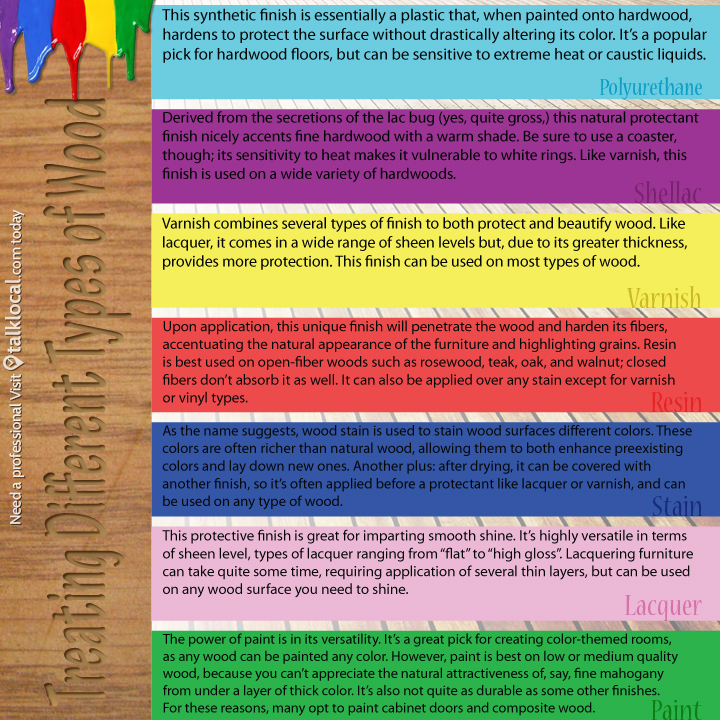Discover The Fascinating Experience Of Refurbishing Classic Closets, Subjecting Untold Tales And Exposing The Secrets Of History
Discover The Fascinating Experience Of Refurbishing Classic Closets, Subjecting Untold Tales And Exposing The Secrets Of History
Blog Article
Short Article Writer-Burke Wilkerson
To start the journey of recovering antique cupboards, you need a keen eye for information. Visualize discovering covert keys within each layer of background ingrained in the wood. Image the satisfaction of revitalizing a once-forgotten item to its previous splendor. Every step of this precise process holds the vital to preserving the past while creating a future treasure. So, are you ready to start this transformative venture and unlock the capacity of your antique cabinets?
Analyzing the Closet's Condition
When beginning the repair process, start by assessing the problem of the antique closet. Meticulously check out the overall framework for any type of indications of damage such as cracks, chips, or loosened joints. Check the wood for any kind of rot, warping, or insect invasion that might have happened in time. It's crucial to identify the level of the remediation required before proceeding better.
Next, check the cupboard's hardware such as joints, handles, and locks. Make note of any type of missing pieces or parts that need repair work or replacement. Make sure that all hardware is operating correctly and securely affixed to the cabinet.
Additionally, evaluate the cabinet's surface. Search for any type of scratches, discolorations, or staining that might affect the visual allure. Establish if the surface needs to be stripped and reapplied or if a simple touch-up will be adequate.
Collecting the Required Tools and Materials
After assessing the condition of the antique closet, the following action is to gather the needed tools and materials for the reconstruction procedure. Before you begin, guarantee you have the adhering to items handy:
- wood cleaner
- sandpaper in various grits
- timber filler
- paint or wood tarnish
- brushes
- handwear covers
- security goggles
- a dirt mask
- a drop cloth
- a putty blade
- a hammer
- a screwdriver
- a vacuum cleaner
These tools and materials are crucial for a successful reconstruction.
Wood cleaner is critical for getting rid of years of dirt and grime accumulation, preparing the surface for sanding. Sandpaper of various grits assists in smoothing out imperfections and preparing the wood for a new finish. Timber filler is handy for repairing any type of cracks, openings, or damages existing in the cupboard.
Repaint or wood stain, in addition to brushes, allow you to personalize the cabinet to your preference. Remember to use kitchen cabnet , safety and security goggles, and a dirt mask for security. Put down a ground cloth to protect your work area, and use a vacuum to tidy up any type of debris.
With https://www.finehomebuilding.com/2018/01/10/build-tyler-grace and products collected, you prepare to begin the remediation process.
Implementing the Repair Process
To successfully carry out the restoration procedure on your antique cabinet, start by completely cleaning up the surface with the timber cleaner. This step is vital as it helps eliminate years of dust, grime, and old gloss that might have gathered on the surface.
When the closet is tidy and dry, examine the problem of the timber. Look for any splits, scrapes, or various other damages that require to be attended to. Usage wood filler to repair any type of flaws, seeing to it to match the filler color to the wood tone for a smooth coating.
After the repair work have actually dried out, carefully sand the entire surface area to produce a smooth and also base for the brand-new finish. Be careful not to sand as well strongly, as you don't intend to harm the wood underneath.
When the sanding is full, apply a timber tarnish or finish of your selection, complying with the supplier's guidelines. Permit bathroom cabinet maker to completely dry completely before using a safety top layer to guarantee the durability of your brought back antique cupboard.
Final thought
Since you have actually finished the remediation procedure, your antique cabinet looks just as good as new.
By following the step-by-step overview, you were able to evaluate, fix, and improve its problem with ease.
With a fresh coating and protective leading layer, your cherished item will certainly continue to beam for many years ahead.
Take pleasure in the charm of your brought back antique cabinet!
